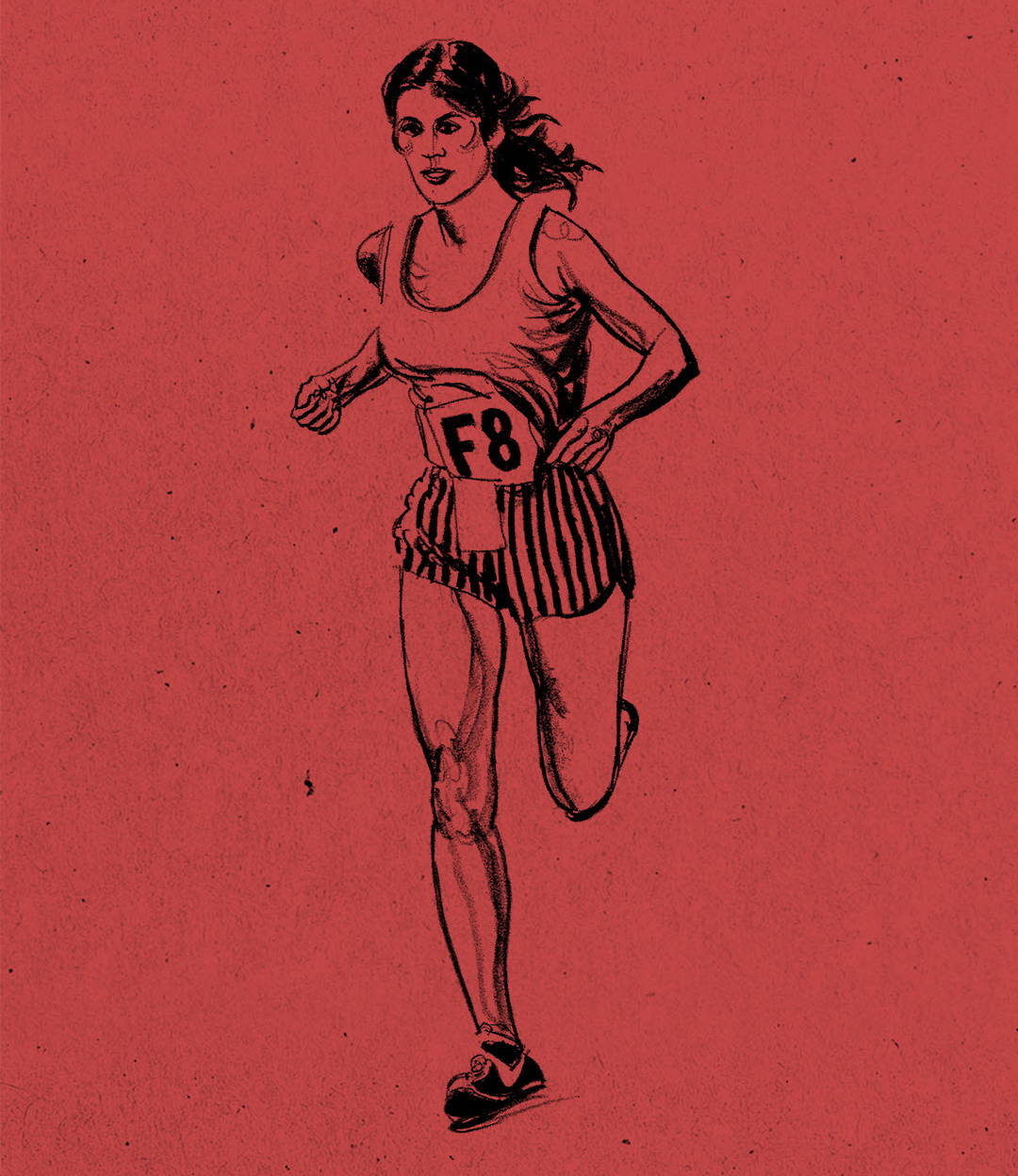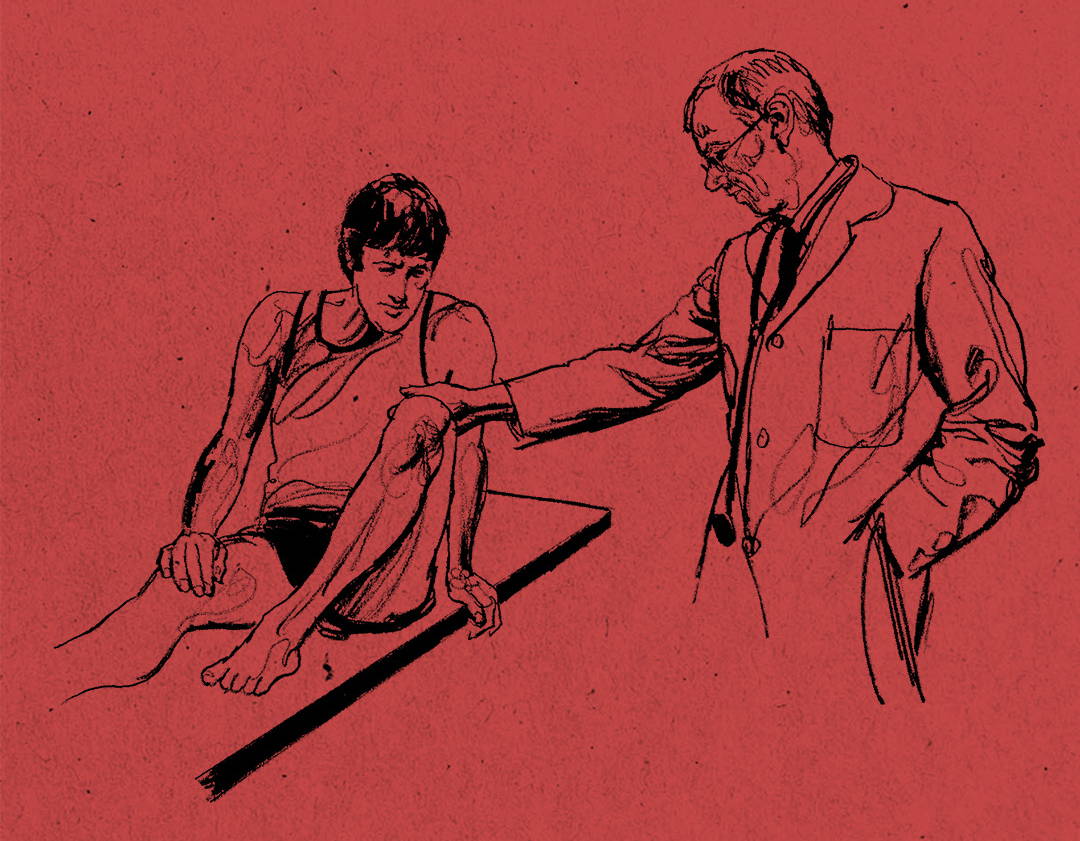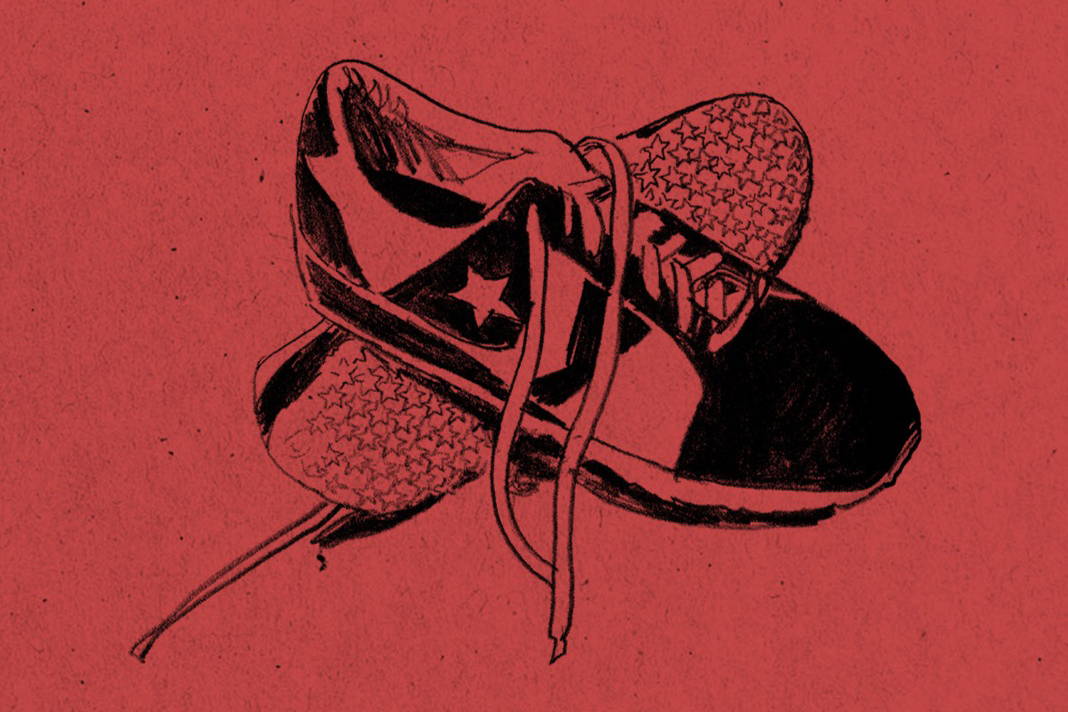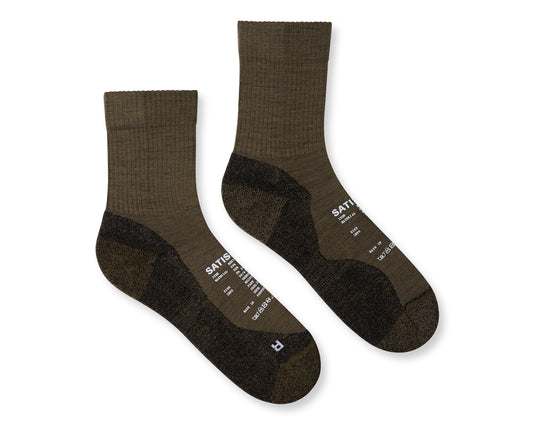
Getting started with any new activity—be it basketball, tap dancing, or going into nature to stack rocks into little towers that no one asked for—can be pretty daunting. But perhaps the most unnerving activity to launch into is running.
Going for your first run sucks. It hurts, you can barely breathe, and you look like a panicked chimp escaping a vivisection lab. But if you persevere, running becomes, as my French colleagues would say (but not to me because I don’t speak French), your raison d'être. Your reason for being. Running will change your life for the better. You’ll always have something to look forward to (your next run), you’ll make new friends, and you will be fit and healthy forever. To be a runner, though, you will actually have to start running, and that’s the hardest part: starting. So, let’s get you started on your first-ever run.
Be sure to consult your healthcare professional before you begin running, especially if you’re over 40. Get your ticker checked out.
Illustrations by Robert Handville, borrowed from 'The Complete Running Book' by James F. Fixx

Your Kit
When you first begin running, you’ll likely bust out an old pair of basketball shorts and a Garfield t-shirt with a big soy sauce stain on the front. This is perfectly fine. After all, it’s your first run. That said, I recommend you invest in a pair of dedicated running shoes. You could head out in those dunks you haven’t worn since 2004, but you run the risk of injuring yourself before you’ve even broken a sweat. Running shoes are designed specifically for running, and you need them since you specifically want to run. Do your research, do a Google, and have a chat with the nerds at the running shop. They love talking about running shoes and will put you in a pair that’ll start you off on the right foot, so to speak. Worry about running apparel later (and believe me, you will worry when you see the bland dog shit on offer at your local sporting goods store).
The other thing I would say is definitely invest in a running watch when the time is right. If your phone can ride comfortably in your pocket, great; or even just carry it in your hand or one of those goofy arm band things. But when it comes time to buy a watch, purchase one from a company that only makes running watches. In most cases, they’re cheaper and certainly more reliable. Anyway, that’s one for later. This is your first run!

Get Real
If you’ve decided to finally go for your first-ever run, you’ve probably had to rev yourself up to drown out the voice telling you how much this is going to suck and how much of a suck-naut you are. Getting psyched is good and necessary, but don’t push it too hard once you’re out the door. Take it easy and be honest with yourself. Set the goal of not having a goal beyond leaving the house. Take your time; listen to your body. And feel your lungs! They’ll burn, and it’ll be awful. But that won’t last forever. Also, it’s fine to break your first runs up with walks, too. Depending on your fitness level, you might end up walking more than you run, which is totally cool. Eventually, you’ll just run. The point is you’ve started. You’re officially a runner. Albeit one in a shitty Garfield t-shirt with a big soy sauce stain.

Setting Goals
Setting goals for yourself is great. Even just little goals. Some runners will recommend a strict running schedule to keep your goals on track, which is a great idea, but being too prescriptive at the beginning can make things less fun. The only rule I would recommend is this: lace up at least twice a week. And depending on your fitness level, you should consider walking on the days you’re not running.
So, let’s say you start running twice a week, and you run for 15 to 30 minutes on each run (doesn’t seem like much, but wait till you’re out there); your goal should be to run non-stop. However, you may need to stop and walk occasionally. An excellent way to monitor your walk breaks (so you don’t end up walking the whole thing) is to choose items in the landscape and say to yourself, ‘I’m walking now, but once I reach that tree ahead, I will start running again. And if I don’t start running again, something bad will happen to my mother.’
After maybe three or four weeks, you should be able to run non-stop for 30 minutes, and then you can start considering your distance rather than your time. So, instead of heading out with the goal of running 30 minutes, set yourself the goal of running for 5 kilometers and so on. Warning: don’t increase your distance too quickly. Seasoned runners will increase their distance by 10% per week when training, but as a newbie, you should look at making that increase every 3 to 4 weeks. Gotta play it safe until your body can adjust to the new strain you’re putting it under.

Form
When you start running, you’ll be sore because you’re using muscles that have been asleep for a long time. But you may also notice soreness in places that seem like they shouldn’t be sore. This is where form comes in. The way you hold your body while running is critical. YouTube is a great resource for instruction on form, but here are a few basics:
Don’t clench your fists; imagine holding a fragile little robin’s egg in each hand or pinching potato chips between your thumb and forefinger. This will relax your arms all the way to your shoulders. Speaking of shoulders, pull them back, chest out, and imagine a hand between the shoulder blades pushing you forward. Run tall by pulling up and out of your hips. Don’t stare at the ground; look ahead and into the distance. Swing your arms, but not across your body—alongside your body like a choo-choo train. Lean forward, almost as if you’re falling, to gain momentum.
Another thing to consider is foot strike. What part of your foot connects with the ground with each step? Some people land on the ball of their foot, some people the middle, and some people—the ones who like living on the edge—land on their heel. Call me crazy, but I believe your feet should connect with the ground the same way they would if you were running barefoot (come at me, you heel-striking freaks). Do whatever feels natural, though.

Nutrition
Just because you ran two kilometers today doesn’t mean you should inhale a family-size Peperoni Deluxe pizza with a lard-injected deep-dish cinnamon crust and a pint of Ben & Jerry’s Fuckleberry Surprise. That’s dumb. And I know it’s dumb because I used to do that. Guess what? Rewarding yourself with garbage food makes running harder. Your body needs the right fuel and refined sugar ain’t it.
But here’s the good news: the more you run, the more you’ll crave healthy and nutritious food. It’s wild. It actually gets easier to eat better because your body knows what it needs and will make it known. The other thing you should do now that you’re a bonafide runner is drink more water. You’ll do that anyway when you get home from your run, but keeping yourself hydrated at all times will improve your running experience, and you’ll find it easier to run further and faster and talk more about it to your friends who are impressed but don’t care. Back to the pizza thing, though, I frequently destroy a pizza the night before a long run for that carb boost. But you’re not doing any long runs yet, so suck it.

Recovery
Making sure you get enough rest between runs is vital if you’re going to keep this show on the road. Your muscles need time to repair, and overtraining can and will lead to injury—even when you eventually turn pro, which you will. Put together a little post-run stretch routine, too. Some runners don’t stretch at all, which is kinda weird... I recommend it, though. Nothing crazy, just some basic stretches to keep everything loose and aligned. Quad and calf stretches, definitely, and also something to loosen up your back and shoulders. The hippy hinge from last month’s Highway to Health is really good for that.
Remember Why You’re Doing This: Fun
Despite what Captain Serious Runner might say, running is fun. It doesn’t seem like it should be fun, but it is. Think about those people who literally wake up every day looking for fun: children. They’re always running. Not because they’re busy but because it’s fun. That’s the whole point of this. Improving your physical and mental health is just a by-product. You run because it’s fucking fun. You might get injured (not fun), but you’ll rest and recover so you can return to the fun, and you learn ways of minimizing future injury so you can continue to have FUN.
So, that’s it. Good luck out there, and if you have any questions—or if you’d like to attack me for what I said about heel-strikers being weird—you can email me here.


















